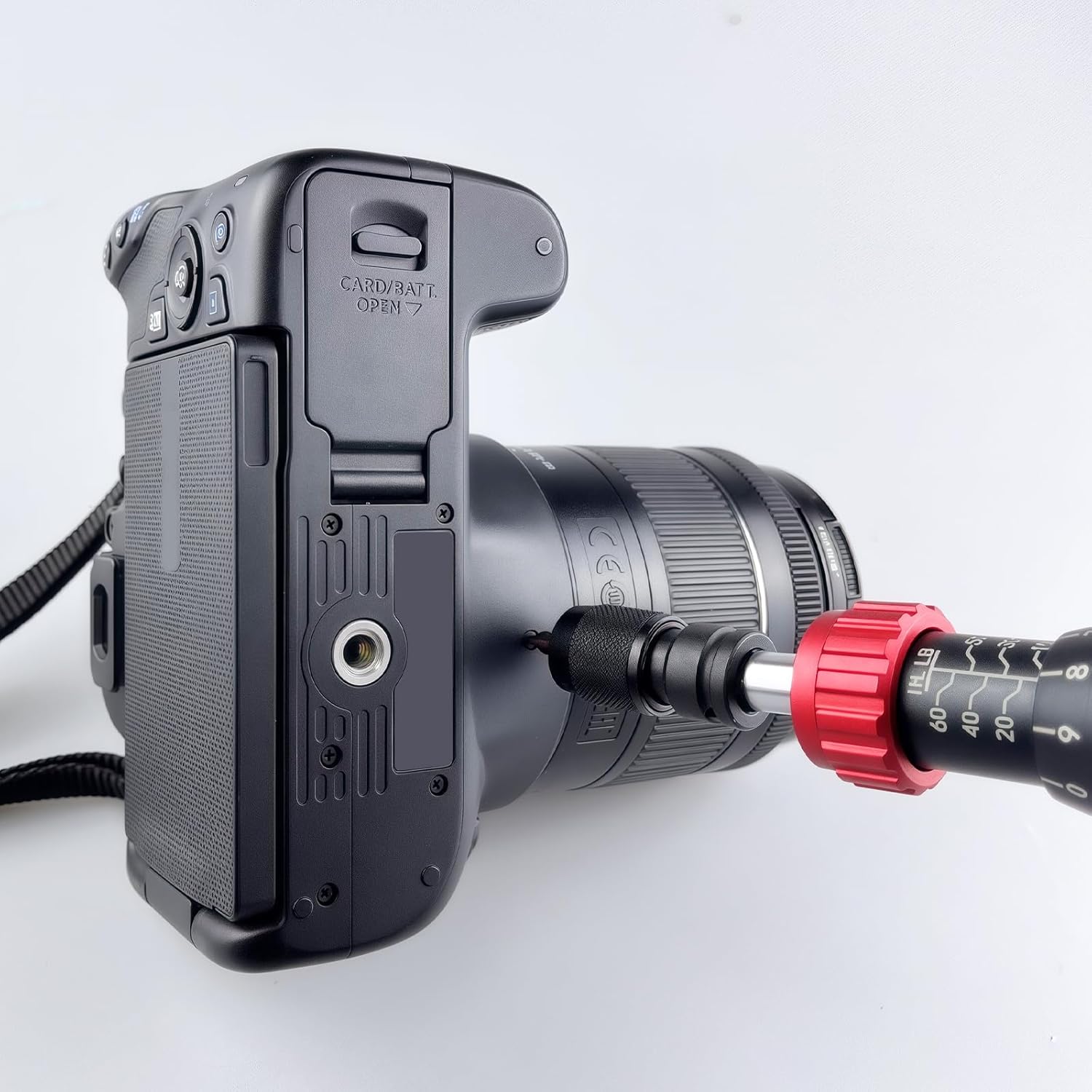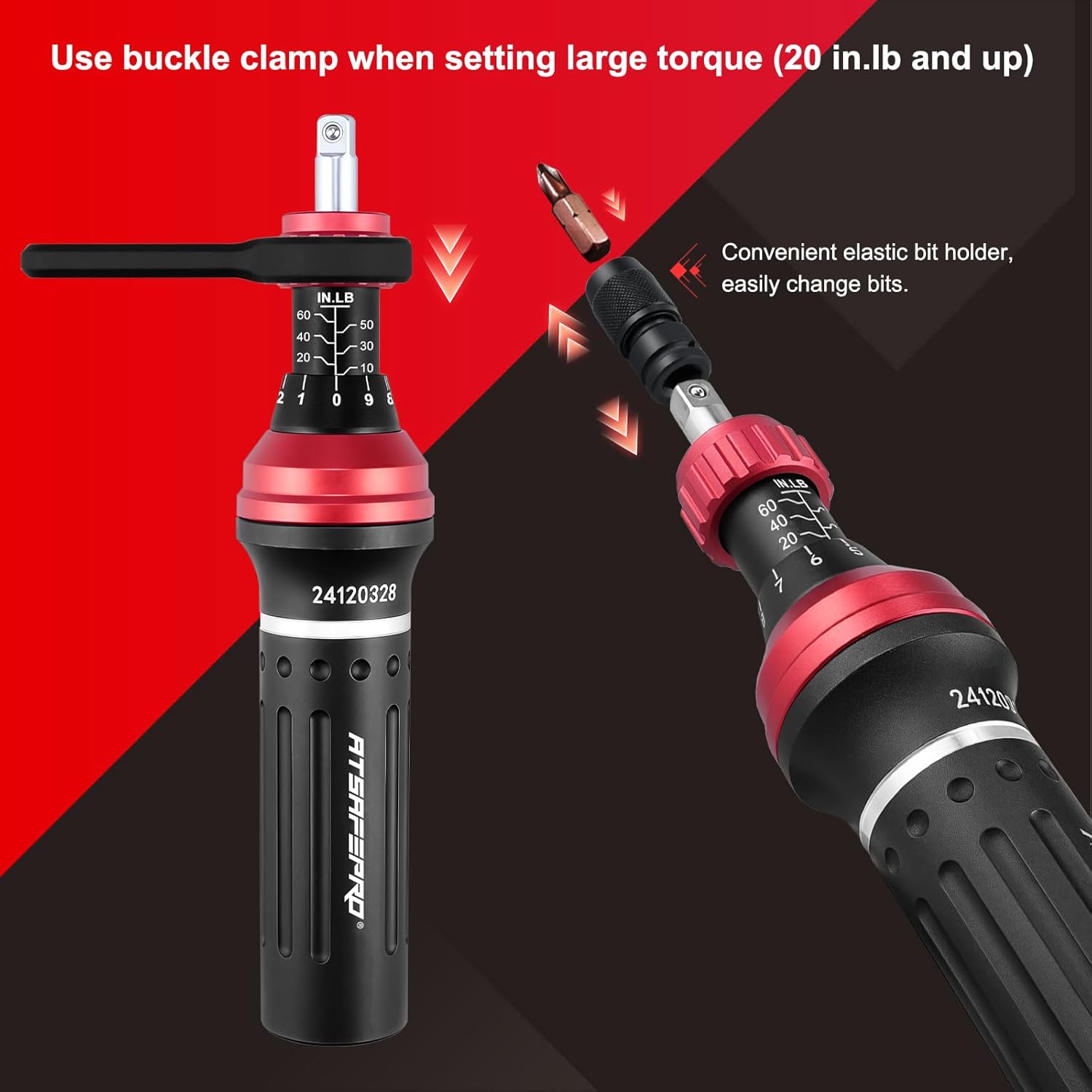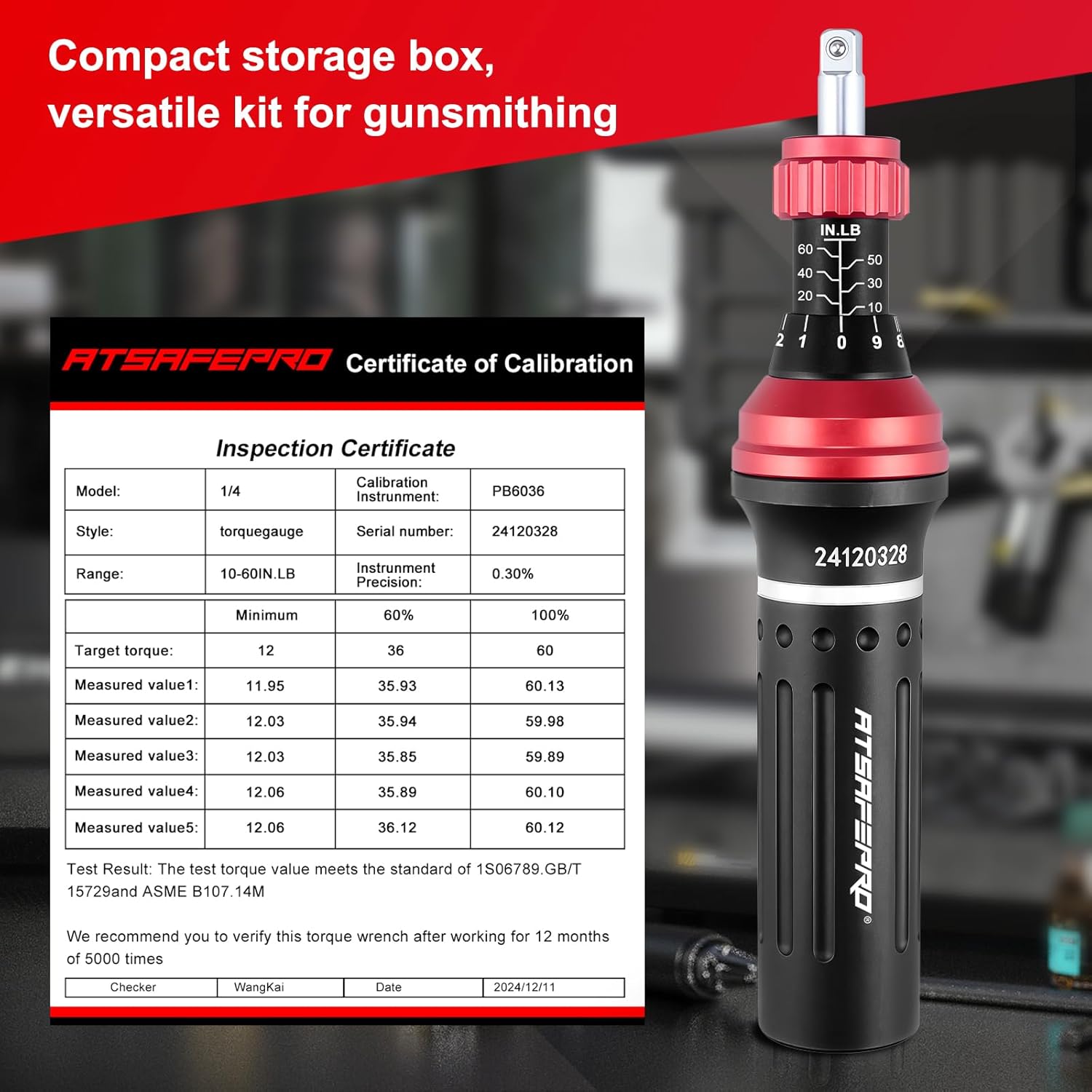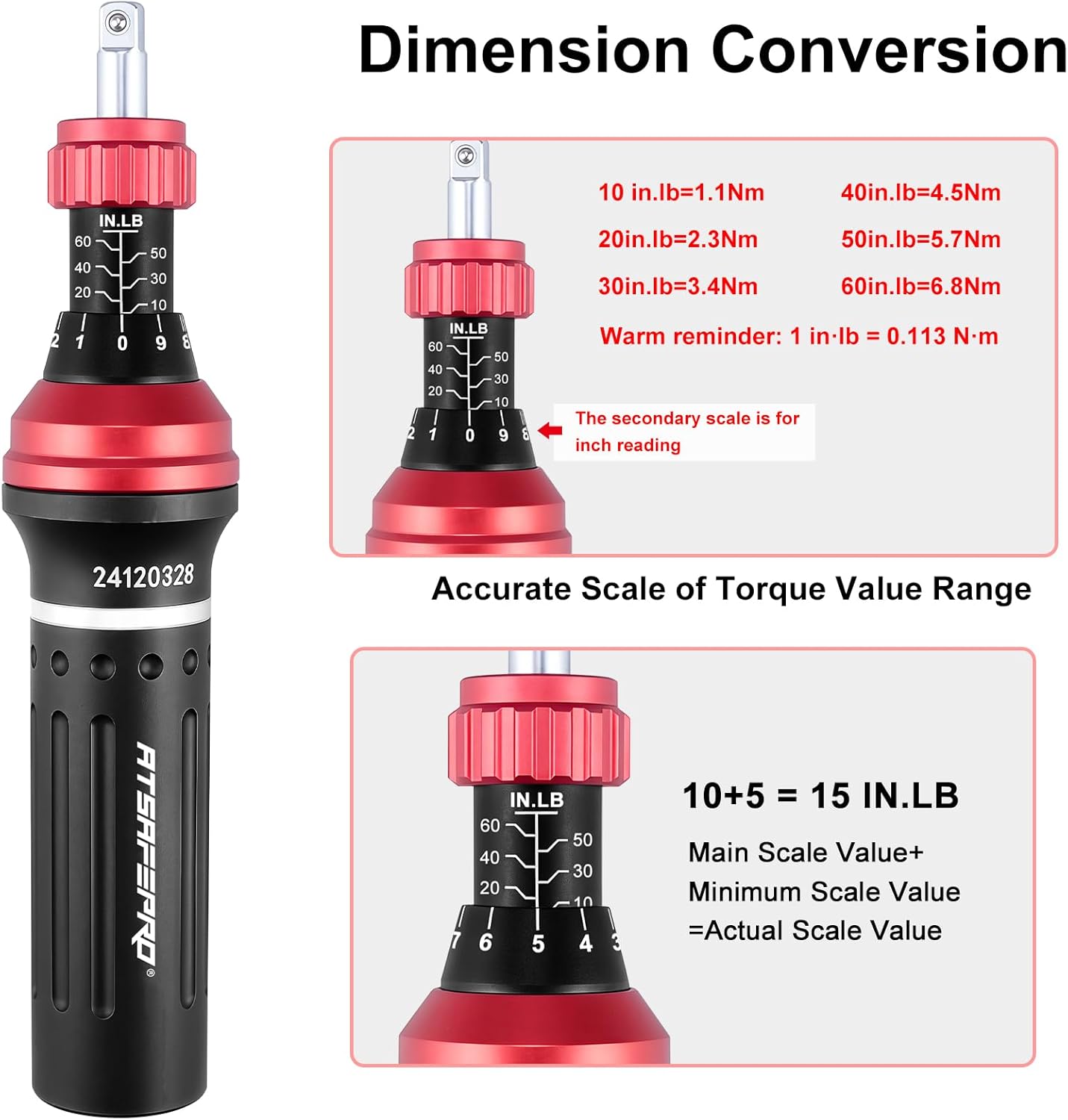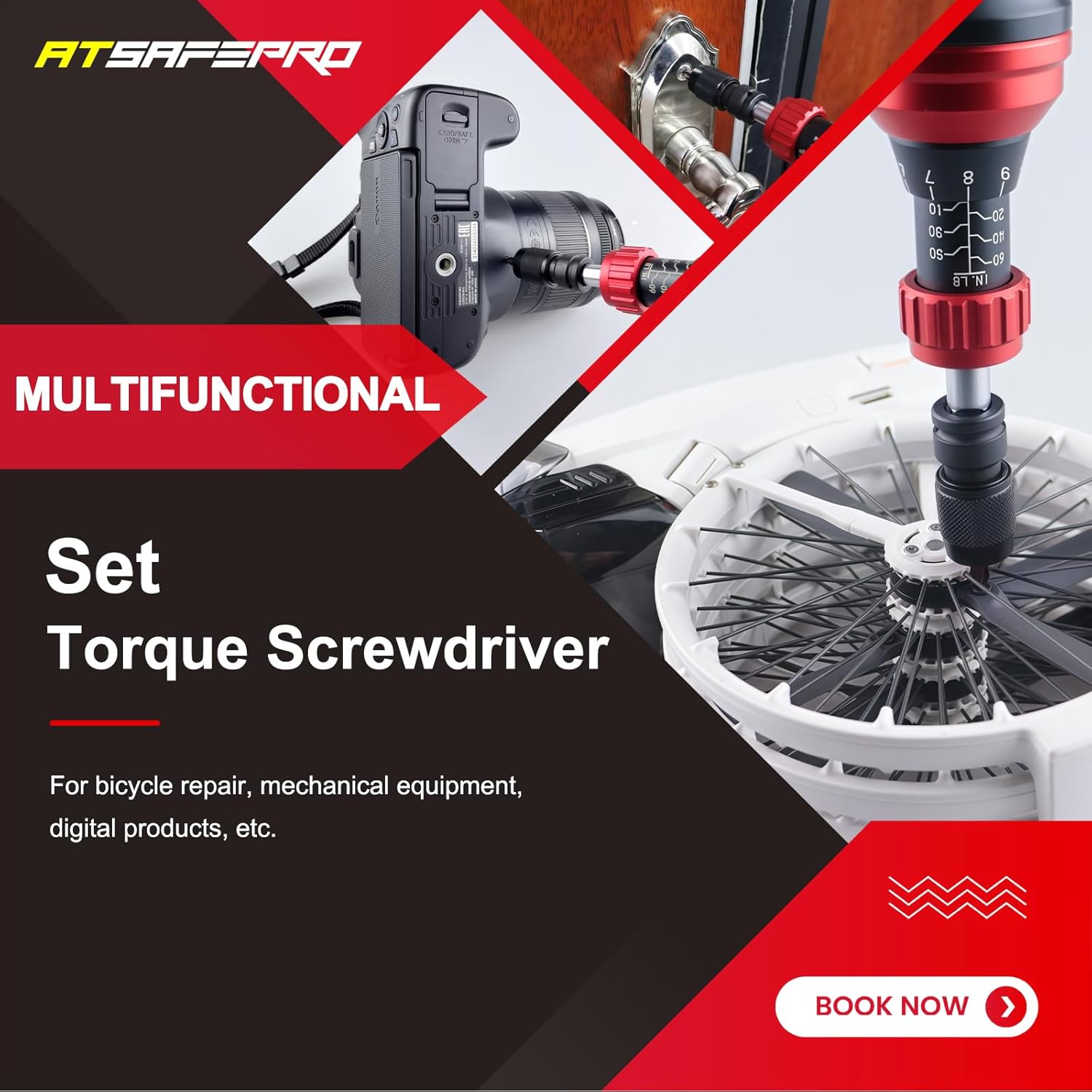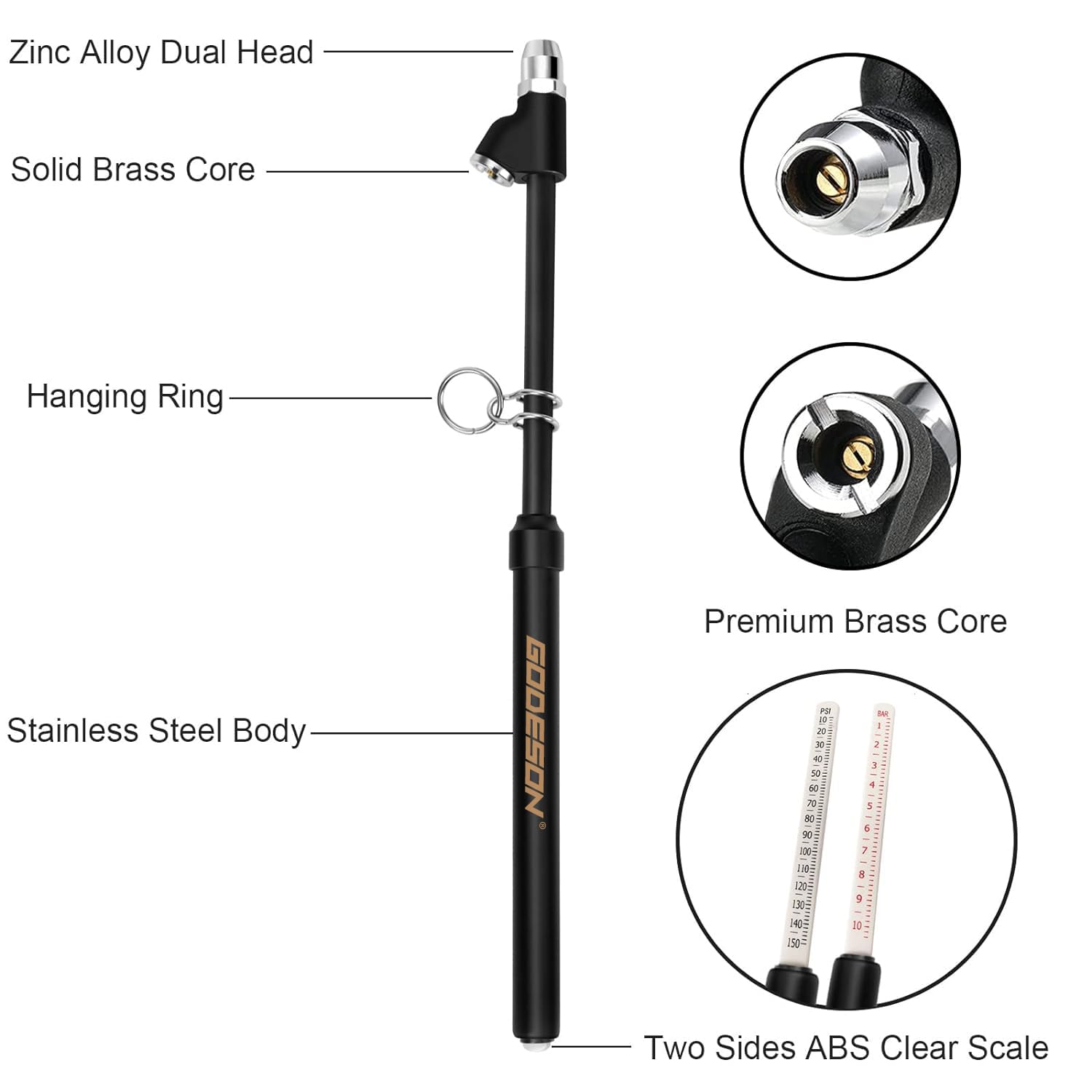
Understanding Pencil Tire Gauges: A Professional’s Guide to a Compact Classic
What Is a Pencil Tire Gauge?
A pencil tire gauge—also known as a pencil type tire pressure gauge—is a slim, pocket-sized mechanical tool for measuring tire pressure. Its name comes from its shape, resembling a thick pencil with a clip for easy storage in a shirt pocket or tool pouch.
Inside, a spring-loaded mechanism moves a measuring rod, which extends to show the pressure reading on a printed scale (often in both PSI and BAR). The design is straightforward, requiring no batteries or electronics, making it a favorite among field service technicians and fleet inspectors.
How a Pencil Tire Gauge Works
When pressed onto a tire valve stem, air pressure pushes against an internal piston connected to the scale rod. The higher the pressure, the further the rod extends. The reading is taken directly from the visible part of the rod, with markings for common units.
This simple mechanical process means the tool is:
-
Immune to electronic failure
-
Ready to use in all temperatures
-
Highly durable for workshop and roadside conditions
Why Professionals Still Choose Pencil Gauges
In an era dominated by digital and dial gauges, pencil tire gauges remain relevant for specific professional needs:
-
Portability: Fits easily in a pocket or small tool kit, ideal for technicians on the move
-
Speed: Provides an instant reading without powering on or waiting for a sensor
-
Durability: Resistant to shock, dirt, and moisture
-
Cost-Effectiveness: Affordable enough to issue to every member of a fleet inspection team
When to Use a Pencil Tire Gauge
Pencil gauges excel in:
-
Fleet Pre-Trip Inspections: Quick, repeatable checks before vehicles leave the depot
-
Field Service Work: For agricultural, construction, or mining equipment in remote locations
-
Busy Service Bays: Issuing each technician a personal gauge to avoid tool sharing delays
Quick Comparison to Other Gauge Types
-
Digital: Offers finer resolution and backlit displays, but requires batteries and can be damaged by moisture.
-
Dial/Mechanical: Larger and more precise for detailed adjustments, but bulkier to carry.
-
Pencil: Compact, simple, always ready—best for speed and portability over extended features.
Maintenance Tips for Long-Term Accuracy
-
Keep It Clean: Avoid letting dirt or grit enter the valve connection
-
Store Securely: Use the pocket clip to prevent drops or bending
-
Check Calibration: Compare readings with a master gauge annually
-
Avoid Overpressure: Do not exceed the tool’s maximum rated PSI
What Professionals Ask About Pencil Tire Gauges
Q1: Are pencil gauges accurate enough for workshop use?
Yes, high-quality models pencil tire gauge maintain ±2% accuracy when calibrated.
Q2: Can they measure truck tire pressure?
Yes, as long as the gauge’s pressure range covers heavy-duty PSI requirements (often up to 120–150 PSI).
Q3: Why choose a pencil gauge over a digital one?
For environments with dust, moisture, or extreme temperatures, the simplicity and reliability of a pencil gauge can be more valuable than extra features.
Compact Reliability for Professional Demands
For workshops, fleet managers, and industrial service teams, a best pencil tire pressure gauge from ATSAFEPRO delivers the right balance of portability, accuracy, and ruggedness. It’s the kind of tool that disappears into your pocket until you need it—and then delivers without fail.
Explore our complete line of pencil type tire pressure gauges on the ATSAFEPRO product page, or visit our homepage for more professional tire service solutions. For distributor pricing or fleet supply inquiries, contact us today.



